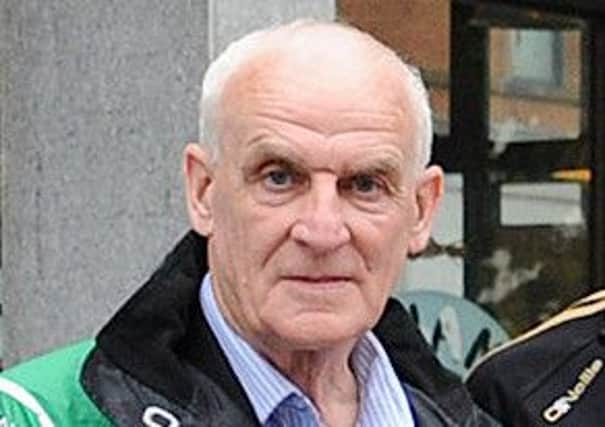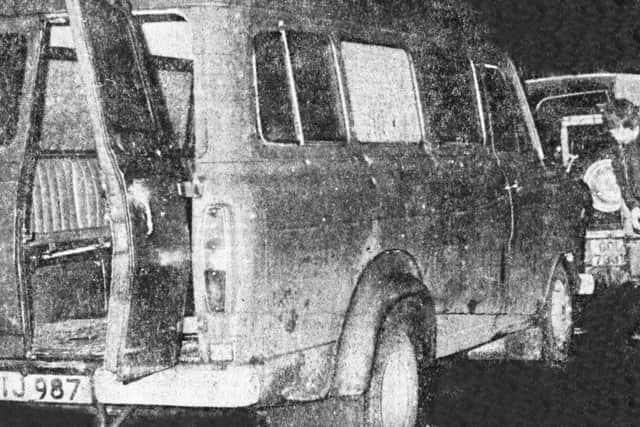Kingsmills inquest: Bodies of victims blocked the road, says witness


A motorist on his way to provide a guard of honour for three Reavey family members gunned down by loyalists the day previously came upon the scene he described as “horrific”.
John Moley told coroner Brian Sherrard that, as chairman of the local GAA club, he was on his way to the morgue at Daisy Hill Hospital in Newry to pay his respects as the remains of the Reavey brothers began their journey home.
Advertisement
Hide AdAdvertisement
Hide AdMr Moley said both he and his friend ran from the car to assist the victims but, fearing no one had survived, prayed over some of the victims.


He told the hearing in Belfast on Tuesday that “there were bodies all over the road”.
Mr Moley said: “All of them, God bless them, seemed to be deceased. I saw the van was riddled with bullets – it was a terrible, terrible scene.”
He added: “We got down on our knees and said an act of contrition. I can’t recall seeing [survivor] Alan Black.
“I was not aware of anyone alive at the scene.”
Advertisement
Hide AdAdvertisement
Hide Ad

Mr Moley said his experience had given him “many flashbacks”.
As the workmen drove home from work towards Bessbrook, what appeared to be an Army patrol flagged down their mini-bus.
One of the gunmen got all the men out of the vehicle and lined them up, facing the vehicle.
They were then “mercilessly” shot by the terrorists armed with a total of 11 firearms, an investigation by the Historical Enquiries Team (HET) found.
Advertisement
Hide AdAdvertisement
Hide AdAn order was given to make sure they were all killed, which was followed by a second burst of gunfire into the helpless victims on the ground. One, Alan Black, survived despite being hit with 18 bullets.
Survivor Mr Black attended the inquest hearing. Speaking afterwards he said he was not unduly concerned at the length of time it was taking to reinvestigate one of the worst atrocities of the entire Troubles.
“It will give them time to investigate properly. It’s far more important that it’s done properly than it’s done quickly,” he said.
However, victims’ campaigner Willie Frazer, who was also in court, said the lack of an investigation update from police was “regrettable”.
Advertisement
Hide AdAdvertisement
Hide AdThe FAIR spokesman said: “This inquiry is inhibited due to the ongoing police investigation.
Mr Frazer added: “The families must be treated with respect ... it has been over a week now since we met senior investigating officers.
“The families must be at the forefront, they need kept in the loop, we will be ensuring they are.”
The hearing will resume on Thursday.
• In 2011, a report by the HET said the victims, aged 18 to 63, were travelling home from work when they were stopped by a dozen armed men with blackened faces and combat jackets.
Advertisement
Hide AdAdvertisement
Hide AdOne gunman made the Catholic passenger, Richard Hughes, run down the road. The Protestant men tried to shield his identity, fearing he was to be the victim.
HET said they were “honest, ordinary working men, they were harmless and utterly defenceless”.
The murders were carried out “by the Provisional IRA and none other” and were “appalling savagery on a gross scale”.
HET said the murders occurred during a period of spiralling sectarian violence in south Armagh.
Two of the same weapons used at Kingsmills were used to murder five men at Tullyvallen Orange Hall five months earlier.